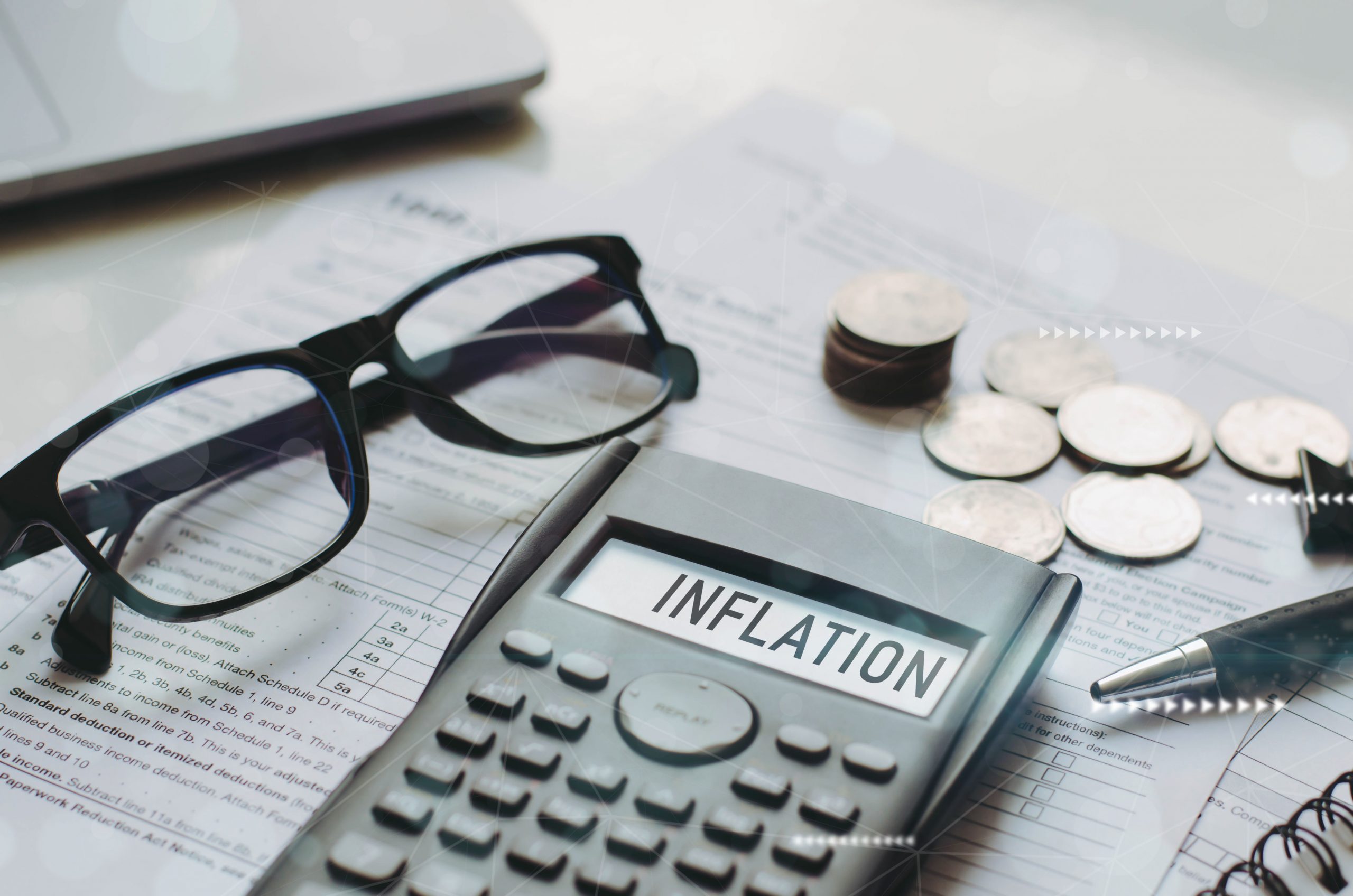Most of us buy investments based on return because we believe the return to be the most important metric.
There is one metric that is far more important than return and that is risk AKA standard deviation.
In this video Ryan shows you how to use standard deviation to select investments.
When it comes to investing your money, it’s crucial to know the right metrics to look for in a mutual fund, ETF, stock portfolio, or separately managed account. Many investors mistakenly believe that the average annual rate of return is the most important metric to consider. However, there is a more critical metric that most people overlook: volatility measures.
In this article, we’ll take a closer look at why volatility measures are the most important metric to consider before investing your money and how to identify a fund’s performance in a down market.
The Problem with Focusing on Average Annual Rate of Return
Before we dive into why volatility measures are so important, let’s first address why the average annual rate of return can be misleading. Sure, it’s an easy metric to understand, and it gives you an idea of how much money you can expect to earn on average each year. However, it doesn’t tell you how a fund performs in down markets, which is when it matters most.
For example, let’s say you’re considering investing in Fidelity’s Contra Fund. If you look at the fund’s performance chart, you’ll see some solid numbers, including a 12.4% average annual return. However, if you dig a little deeper and look at how the fund performed during down markets, you’ll notice that it was down 28% in 2022.
Understanding Volatility Measures
So, why are volatility measures so important? Essentially, volatility measures tell you how much a fund’s returns fluctuate over time. The more a fund’s returns fluctuate, the riskier it is. When the market is up, a high-risk fund might deliver impressive returns, but when the market is down, it can plummet.
To understand how a fund might perform in a down market, look at its standard deviation. Standard deviation measures how much a fund’s returns vary from its average return over a specific period. A high standard deviation means the fund’s returns fluctuate widely, while a low standard deviation means the fund’s returns are more stable.
Identifying a Fund’s Performance in a Down Market
Knowing a fund’s standard deviation is just the first step. To truly understand how a fund might perform in a down market, you need to look at historical data. For example, if a fund has a high standard deviation but has consistently performed well during down markets, it might be worth considering.
On the other hand, if a fund has a low standard deviation but has a history of underperforming during down markets, it might not be the best choice.
The Bottom Line
Investing your money is always a risk, but understanding the right metrics can help you make informed decisions. While the average annual rate of return is an essential metric to consider, it doesn’t tell the whole story. Instead, focus on volatility measures to get a better sense of how a fund might perform in a down market. By doing so, you’ll be better equipped to make investment decisions that align with your financial goals and risk tolerance.
Also read: How To Generate Income In Retirement?
About:
Our Channel “ ON THE MONEY“, is powered by Allied Wealth, Houston’s premier wealth management and financial planning firm. On the Money brings viewers educational, topic-driven, and real-life financial scenarios every week.
Topics we will be covering are Retirement and Financial Planning, Investment Selection, Retirement Income Planning, Taxes and Taxation during Retirement, Healthcare, Long Term Care, Legacy and Estate Planning, in addition to important Market and Economic changes impacting Retirement.
Allied Wealth is fully dedicated to your financial future, financial security and retirement.
With Allied Wealth, you will spend less time worrying and more time enjoying the life you’ve earned





